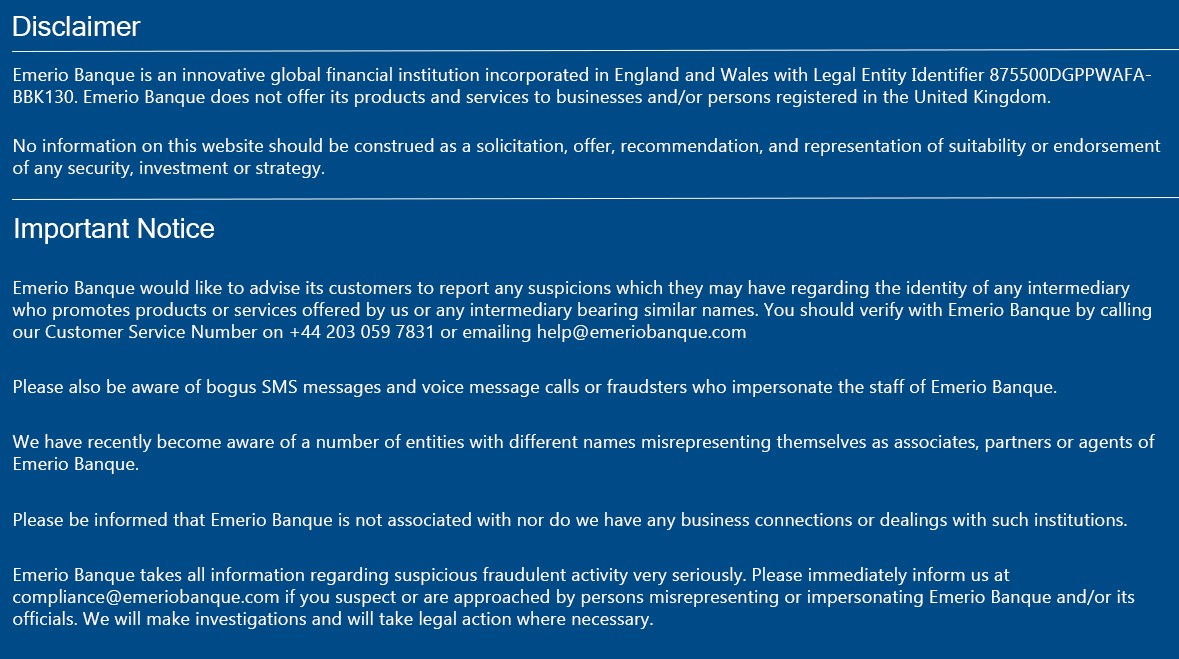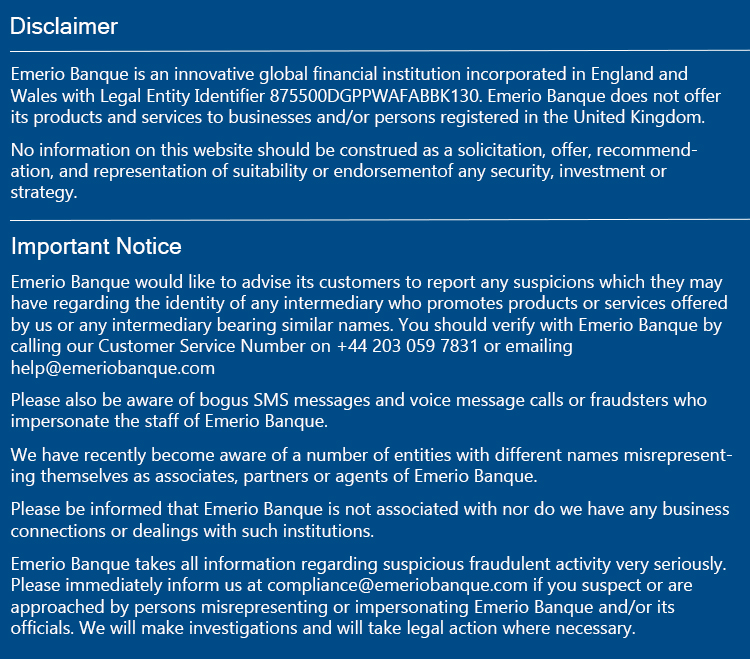A Look Into The Growing Asset Class: Trade Finance
International Trade has been a major key towards increasing the GDP of a given country besides improving the flow of cash inside it. The global supply chain plays an important role in the running of business around the world. However, not every business in the supply chain has the required monetary resources to run its operations seamlessly, making them opt for some sort of financial aid.
The trade sectors have not been very open to other financial tools and have majorly relied on financial institutions and lenders who have enough resources to fund such operations. However, when it comes to these institutions or lenders, the majority of them are focused on funding the large scale businesses that can give them a sense of security of their investments.
This entire series of events has been continued throughout history, keeping the SME’s (Small and Medium-sized businesses) at the bay of entire trade finance circuit. As per reports by the Asian Development Bank, nearly 45% of SMB trade finance applications are rejected by banks and traditional lenders. Looking at the stats, one can surely form an estimate on the opportunities these businesses are missing out on.
Interestingly, the new-age business developers and financial moderators have come up with a solution to bridge the gap laid by financial institutions. These financiers focus on aiding these SME’s with financial aids at competitive interest rates, giving way to high volumes of finance and strong credit quality.
These new-age lenders work in close contact with modern technology to ensure a seamless operation in the workflow. They tackle the major problems faced by suppliers in a cross-border transaction where the exporter, importer face issue with lag in payments.
These financing entities aid businesses with advance payments over the invoice generated by the exporter against an order from a buyer. They pay the supplier with their money while negotiating some interest with the buyers in return for the immediate liquidity they offer. This entire system helps with the seamless settlement of trade receivables and also empowers the buyers with more purchasing power.
Trade finance tends to create a win-win situation for all as it eliminates the most crucial aspects of financing that is generally ignored by investors. Moreover, trade finance has been one of the leading solutions to businesses across the world in recent times, especially in the wake of the current pandemic.
One of the major highlights that have led to the rise of trade finance sector during the Covid times. Interestingly, the estimates are that the need for credits will rise from $1.9 trillion to $5 trillion to return to pre-Covid-19 levels in 2021, giving a definite boost to this industry.
Besides that, trade finance has also helped businesses in connecting with multiple suppliers across geographies. This has led to a more diversified supply chain for the businesses in these trying times, adding to their stable operations.
Source: https://www.forbes.com/sites/forbesfinancecouncil/2020/09/18/trade-finance-receivables-a-growing-asset-class/#58912a45233a
Other news
-
18.11.2020
US, China, And EU To Restructure Post Pandemic World Economy: Says Moody’s Analysis
-
17.11.2020
ADB And Seabank Partnered to Expand Trade Finance in Vietnam
-
10.11.2020
ITC Launch Trade Finance Guide For SME Importers And Exporters
-
06.11.2020
African Trade Finance Banks Urge MDBs To Take On Greater Levels Of Risk
-
04.11.2020
Russian Alfa-Bank Is The First Bank To Sign Contour International Trade Finance Network
-
02.11.2020
BIS Innovation Hub And The Hong Kong Monetary Authority Announce Techchallenge Winners
-
30.10.2020
Wipro To Buy Chennai Firm Encore Theme
-
28.10.2020
Report on Trade Finance Market - Global Market Key Players 2020 – Citigroup, BNP Paribas, ICBC, China Exim Bank - Analysis and Forecast to 2026
-
26.10.2020
ICICI Customers Can Now Execute Trade Finance Services Via Whatsapp
-
16.10.2020
Singapore Authorities Take A Major Step On Trade Finance Fraud By Eliminating Paper-based Transactions
Exchange Rates
- 21.11.2020
- Find out more



